Anachrony
Paper: Hahnemuhle Photorag Bright White 310 grams
“This work is the landscape of my psychological state and of my soul at a particular moment in my time…an outward projection of my brain.”
Sunday 11th March, 2012
Egyptian photo-artist, Nermine Hammam will show her series Anachrony (2009) at the Safarkhan Gallery on 27th March 2012, in her first solo exhibition in egypt in three years. Photographed in the desert around Fayoum, Anachrony is a series of mixed media images that depict anonymous human forms cocooned inside long, undulating drapes of fabric in a surrealist-inspired landscape of desert and mountains.
A highly personal work, Anachrony was created in reaction to three months spent by Hammam photographing patients in Egypt’s state-run Abbasiya mental asylum . The work emerged as an effort to purge the “unexpectedly strong personal reaction elicited by my experience of the asylum. It is an anguished search for solace and a cry for help. With this work, I beg forgiveness for the unspeakable horrors that I witnessed but was unable to prevent.” Anachrony represents a ‘working through’ of powerlessness and of shame: like the stills of a film, the images together form a distinct narrative of time, a movement from the dark terrors of nightmare towards the quiet possibility of hope. “It is the landscape of my psychological state and of my soul at a particular moment in my time.”
Anachrony is a collaborative work, born out of a collective performance by artist Karima Mansour and Hammam’s teenage daughter, directed and photographed by Hammam herself. Draped in flowing fabric, the two dancers performed free and un-choreographed moves in the Fayoum landscape. Nature itself plays a key part in this performance: “ There was a sense of abandon and submission, as the wind caught the fabric and created the different shapes that you see in the images. After the powerless of the asylum, this felt like the ritual invocation of nature, a reaching out and asking for protection and forgiveness. Born out of helplessness, we let nature take its course.” The work ritualistically invokes the feminine side of nature, the softer, nurturing dimension from which healing derives: “Art comes from the unexpected outcomes of human interactions. For me, collaboration is the answer; it is all the stands between us and the void.”
The result is dream-like figures, or suspended states of being, caught inside the tightly wound skeins of cloth. At the beginning of the series the figures are barely recognizable but as the work progresses and the nightmare recedes, the figures take on increasingly human forms. “These figures sit in quiet desperation, and yet there is movement at the same time”, explains Hammam. They crouch and strain, reaching out in the iconographic poses of prayer and supplication, pulling against the rocks that hold them back. The resulting forms suggest, at once, the protectiveness and claustrophobia of the cocoon or the womb not sure that thw womb would be claustrophobic: “The figures are trapped, at the point of asphyxiation. With almost no space between themselves and the fabric, there is an agonized movement inside a tightly confined space. It is a paradox: claustrophobia in a heavenly space.” Beyond this veil of fabric there is the truth, but for now the fabric is suffocating and blinding.
Hammam transports her figures into a natural landscape that is timeless and silent, with only vague intimations of mountains and horizon. Exploring the medium of photography, with its traditional associations of documentation, of fact and of place, Hammam depicts a quiet space “that is nowhere but also has the faint outlines of somewhere.” It is a world without reference points or images; the void that exists under the cacophony of noise, smells and impressions that make up our daily lives.
This place presents the possibility of solace and self-knowledge: “The continuous noise of the world keeps you from introspection. Only where there is real quietness can you truly begin to reach a sense of who you are…to find ourselves, we have to drop the many reference points with which we define our personal narrative.” Yet it is also a place of fear:” how do we live without these comforting coordinates of religion and family ties that help locate ourselves in time and space?”
In the asylum, reality, like sanity, was revealed as a man-made construct; violent, constructed and inflicted on the powerless. But, Hammam notes: “without these artificial touch points of reality, we are left alone in the void with no points of reference but our own selves.” In the silent world of Anachrony, there is no struggle, no finality and no absolutes, only the timelessness of quietude and a sense of waiting: “There is an aimlessness, a pointlessness in this space; only if you reconcile yourself to that will you ultimately be free,” says Hammam.
Described by the artist as her private, internal heterotopia this silent landscape of the mind stands in direct and necessary opposition to the external heterotopia of the mental asylum. As a heterotopia, it is not open to all and cannot be entered at will: “After the experience in the asylum my body and mind were exhausted. This complete exhaustion allowed a new state of consciousness. I wanted to cleanse myself from the sin of what I had witnessed.”
A palette of pink and grey hues infuse the work, bathing the barren landscape and evoking that strange mixture of horror and relief that a dreamer might experience when waking from a nightmare to the soft rays of dawn. Hammam adopts a process of layering and digitally manipulating each photograph, moving from the original towards a new and transformed image. This process mirrors the gradual retreat of her work from the horrors of the asylum into a place of healing; it echoes the film-like progression of the series as a whole, that moves frame by frame, from nightmare towards, if not salvation, then at least some hope of redemption and of truth.
Yasmine Allam
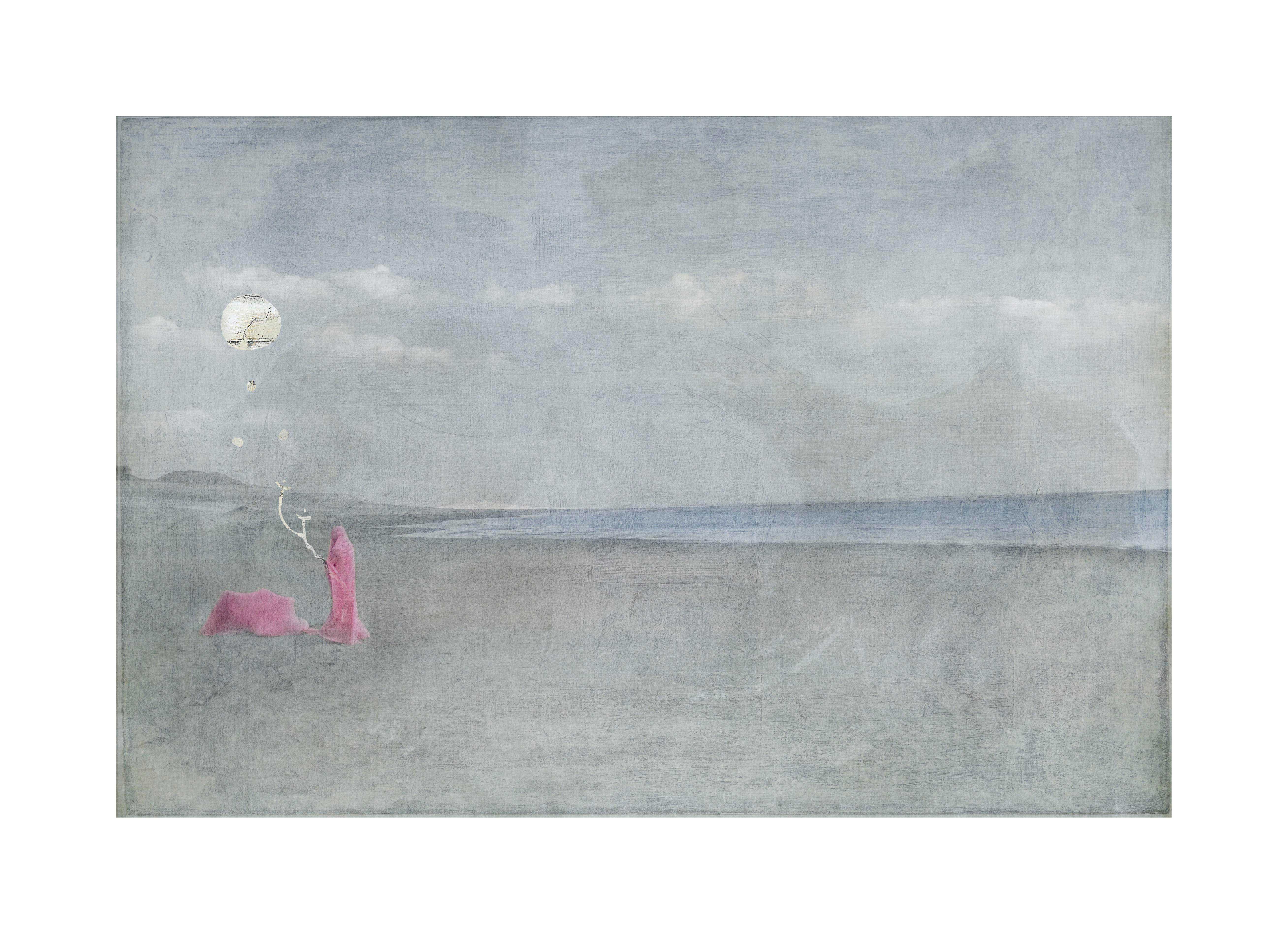

Sacred Sun Rise
90.76X 60.28 cm
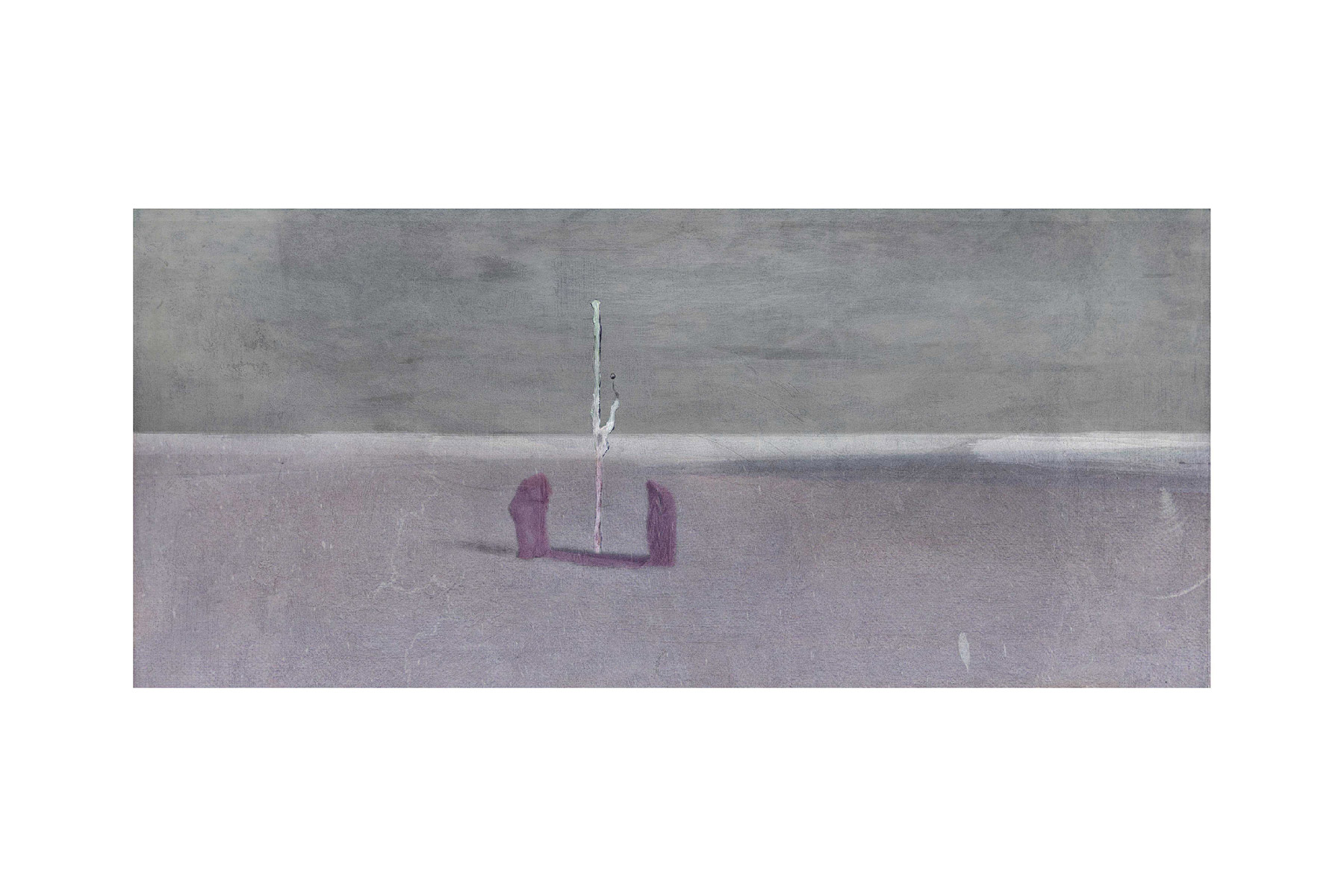

Pink Portal
90 X 40cm
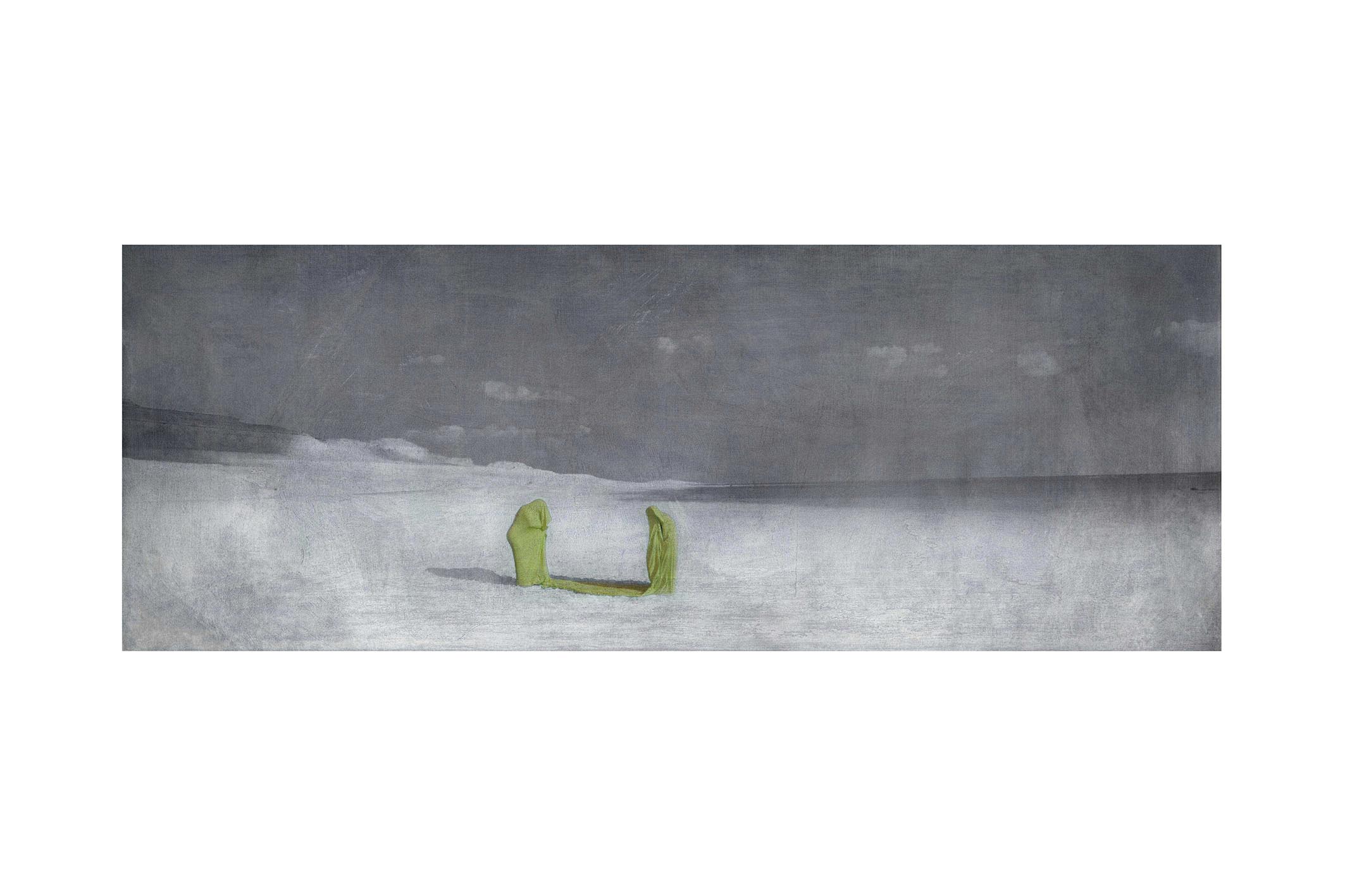

End of An Era
90 X 33.27cm
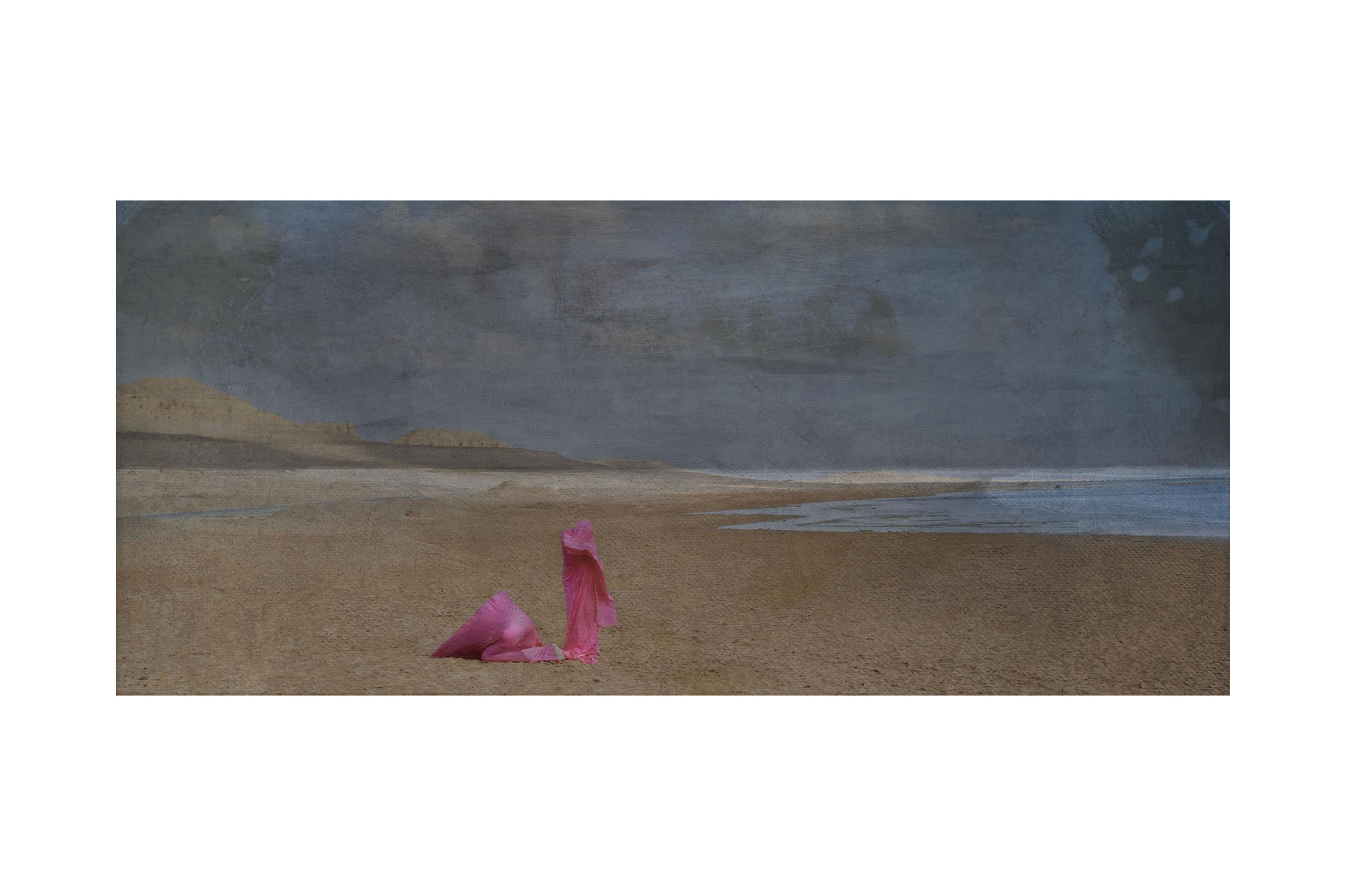

Stream
90 X p
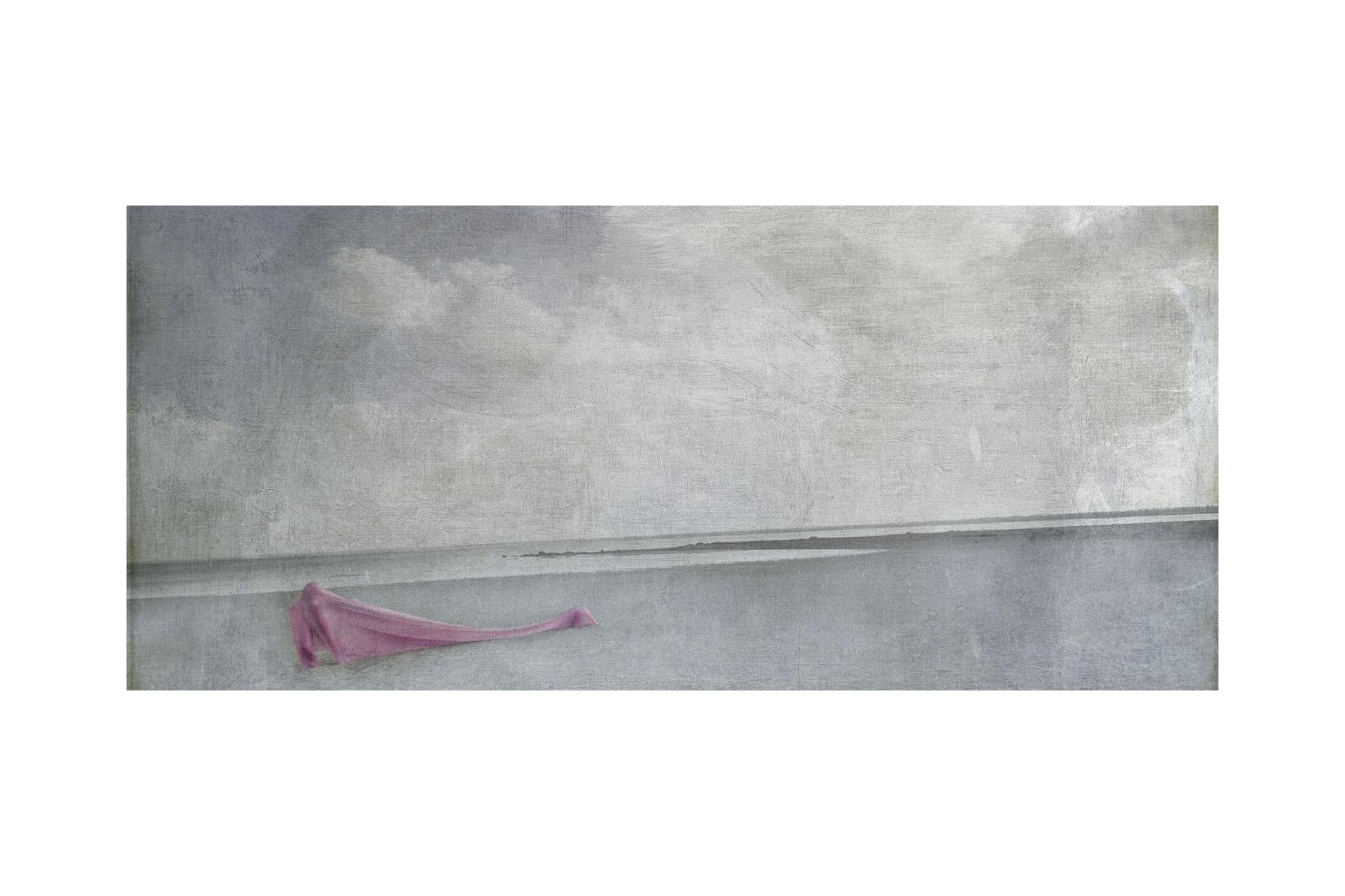

Quantum Rainbows
90 X 40cm
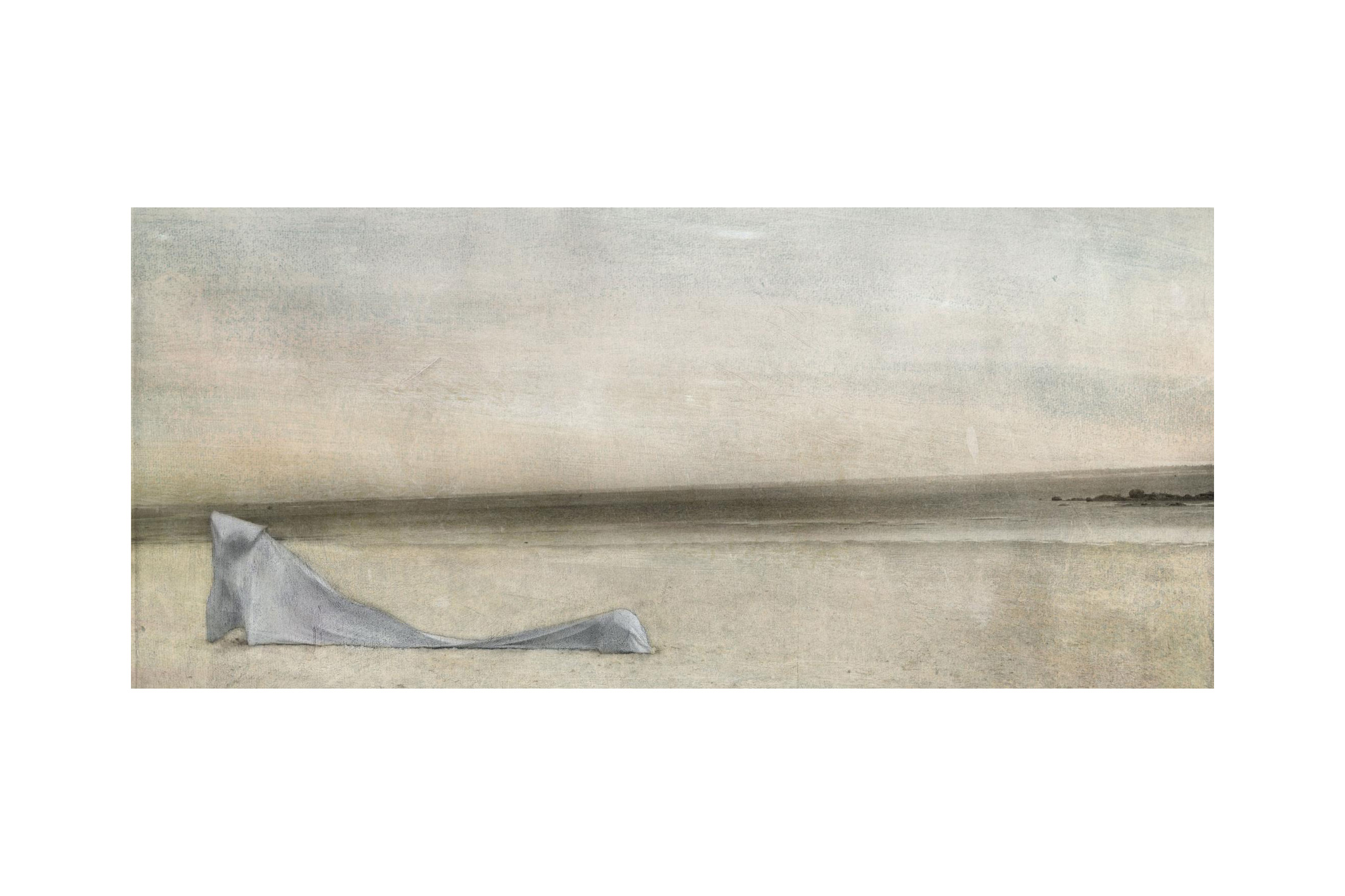

Standing Rock
90 X 40cm
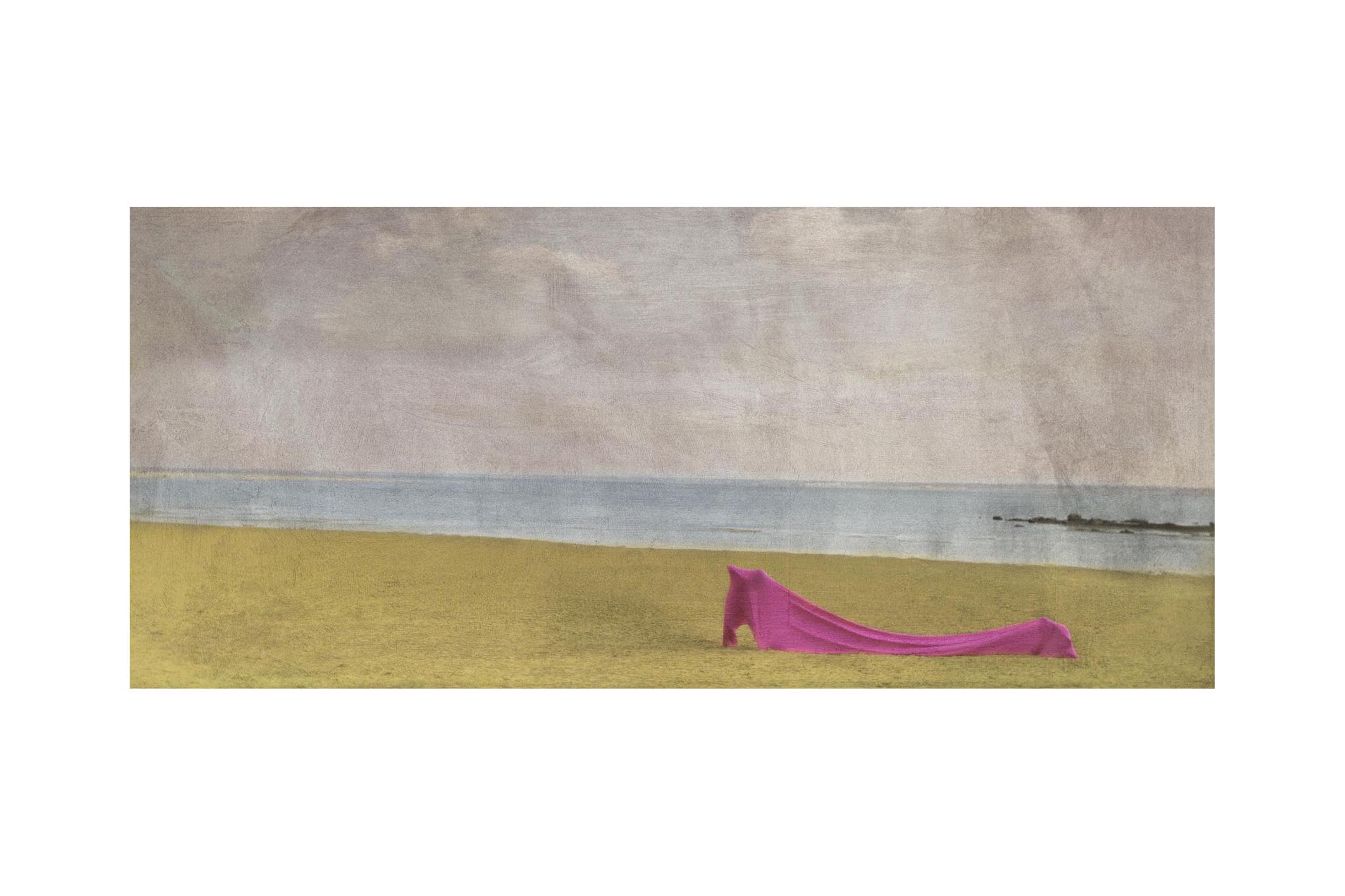

Drive to Oblivion
90 X 40cm
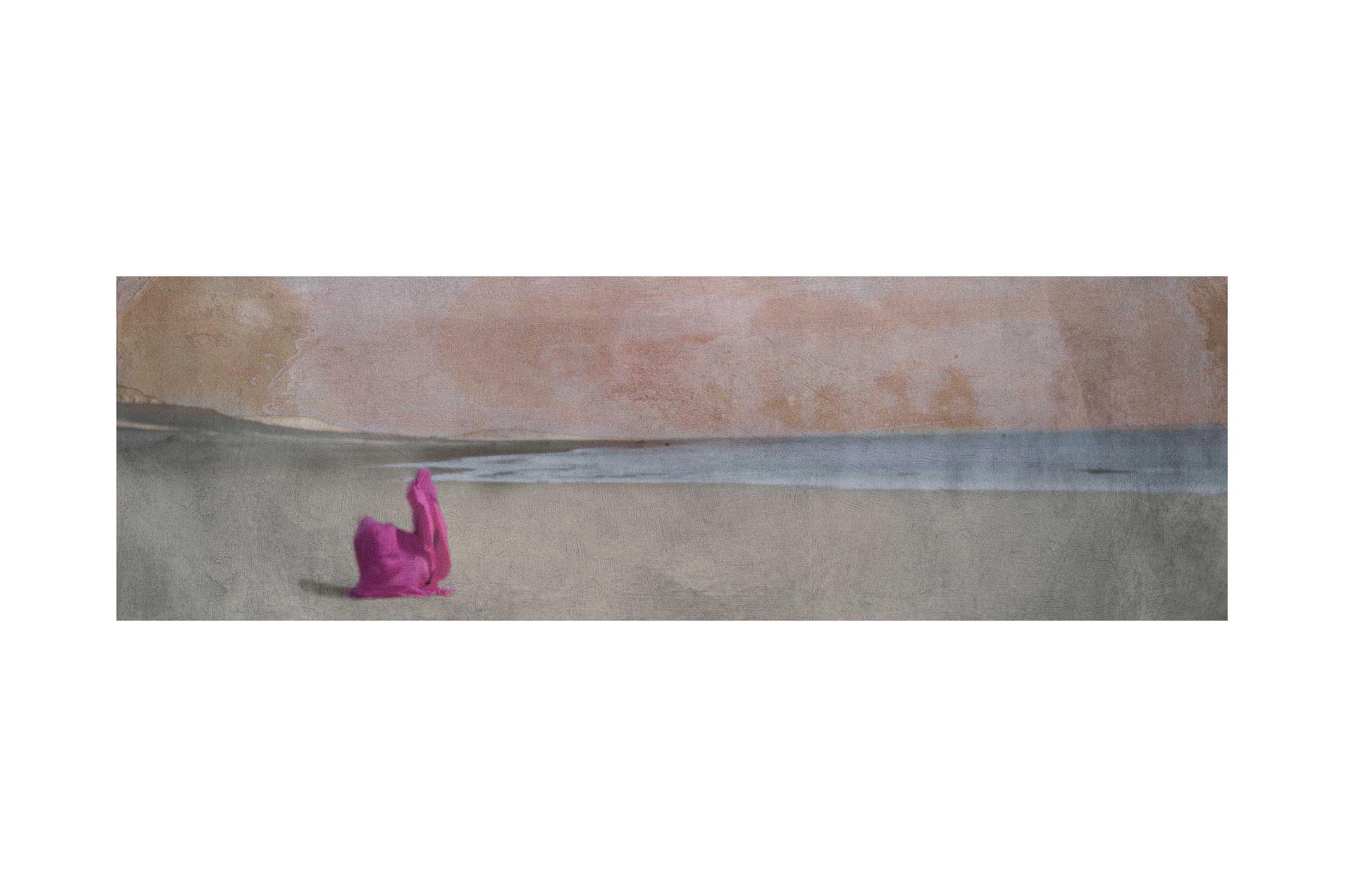

Solstice Intention
89.98 X 27.9cm
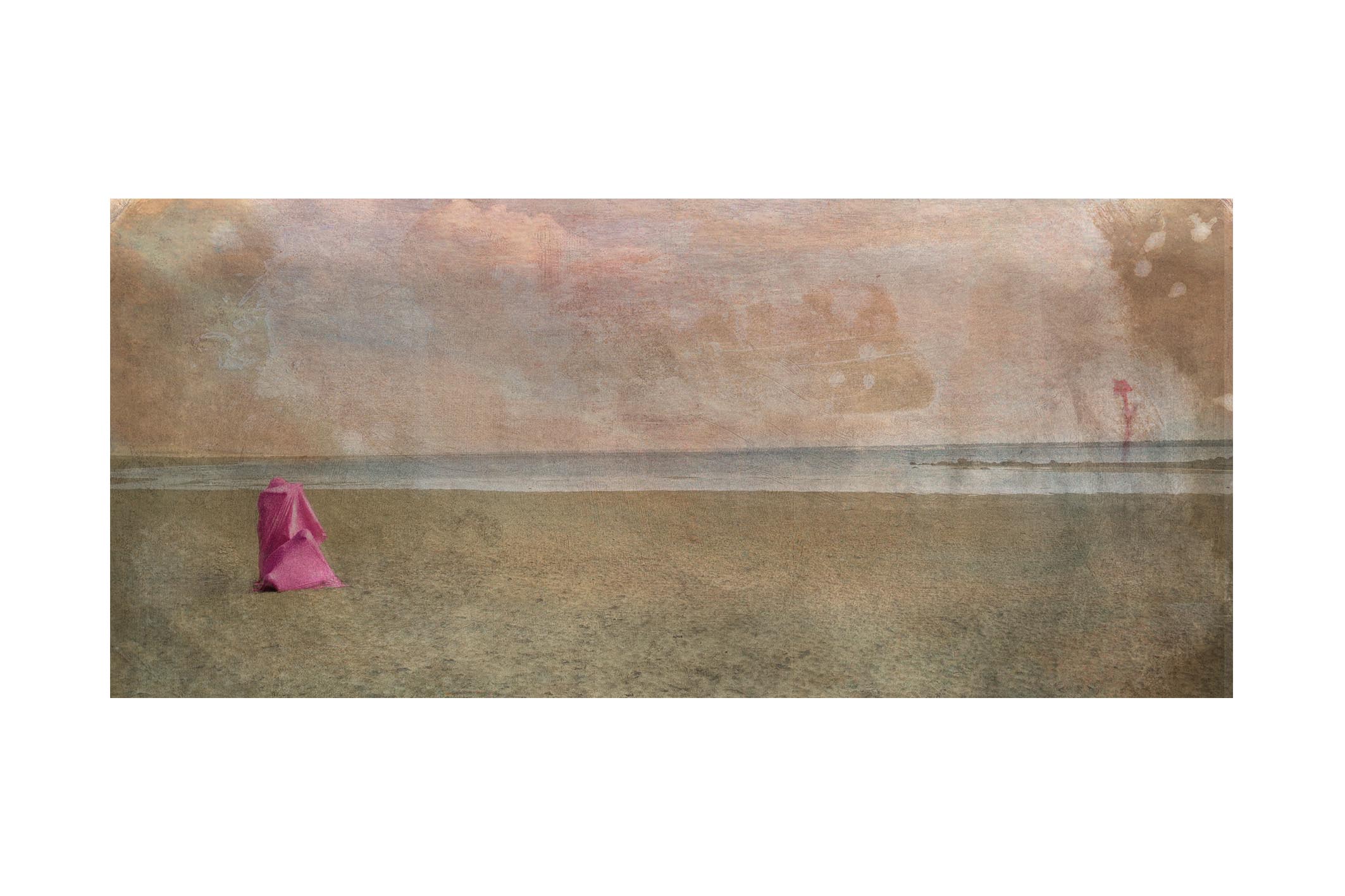

Revolve
90 X 40cm
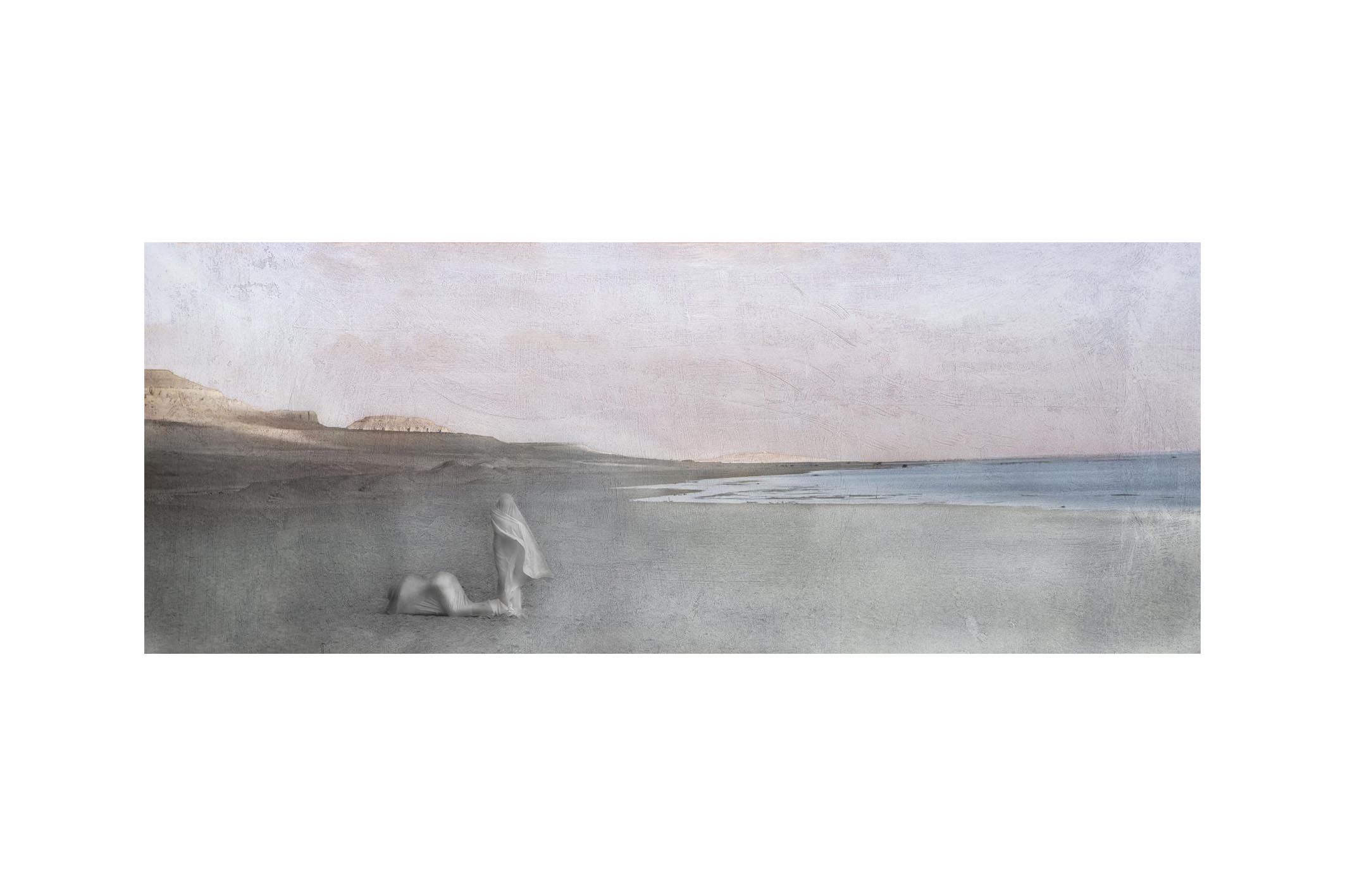

Awaken
90 X p
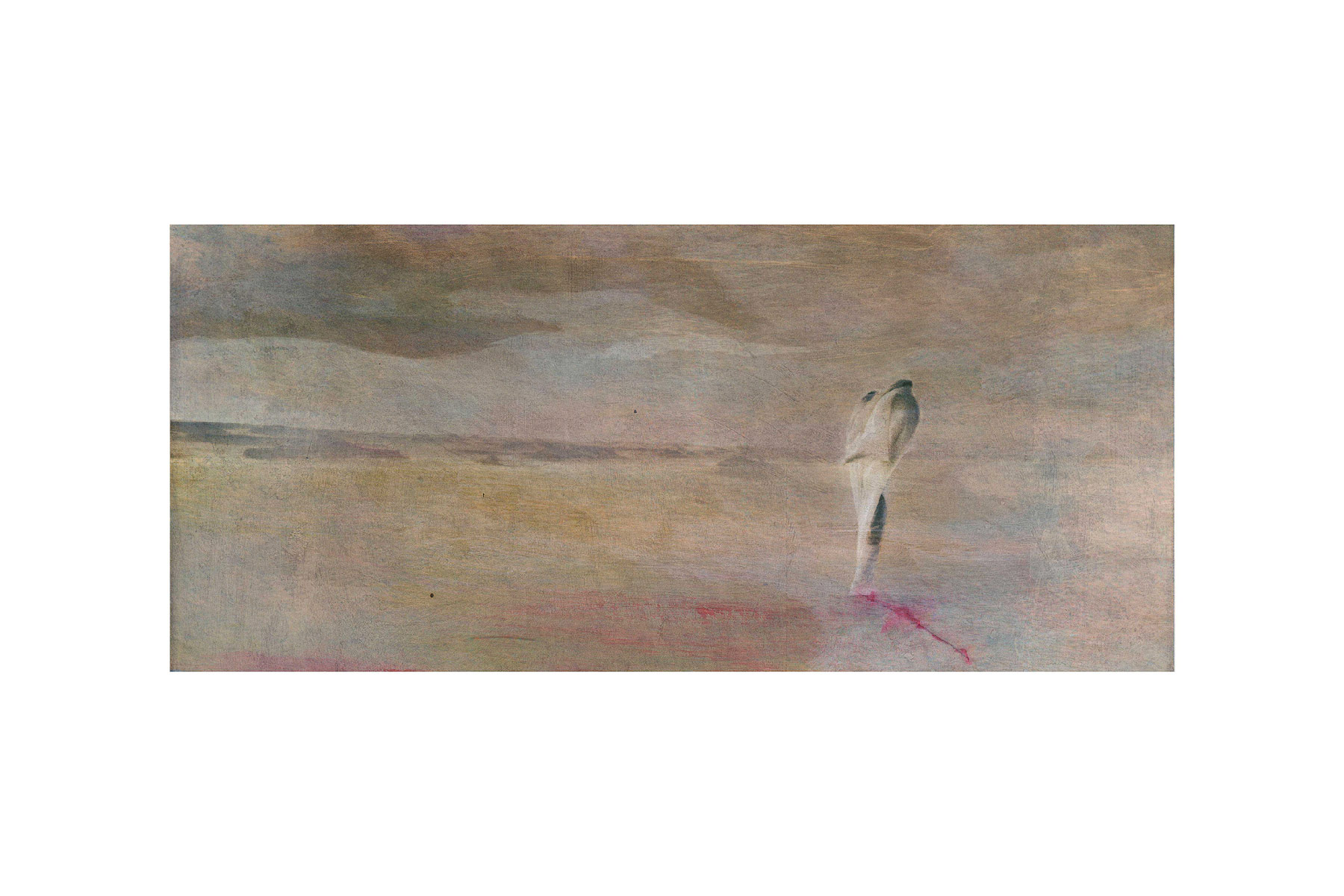

Ego Defence
90 X 40cm
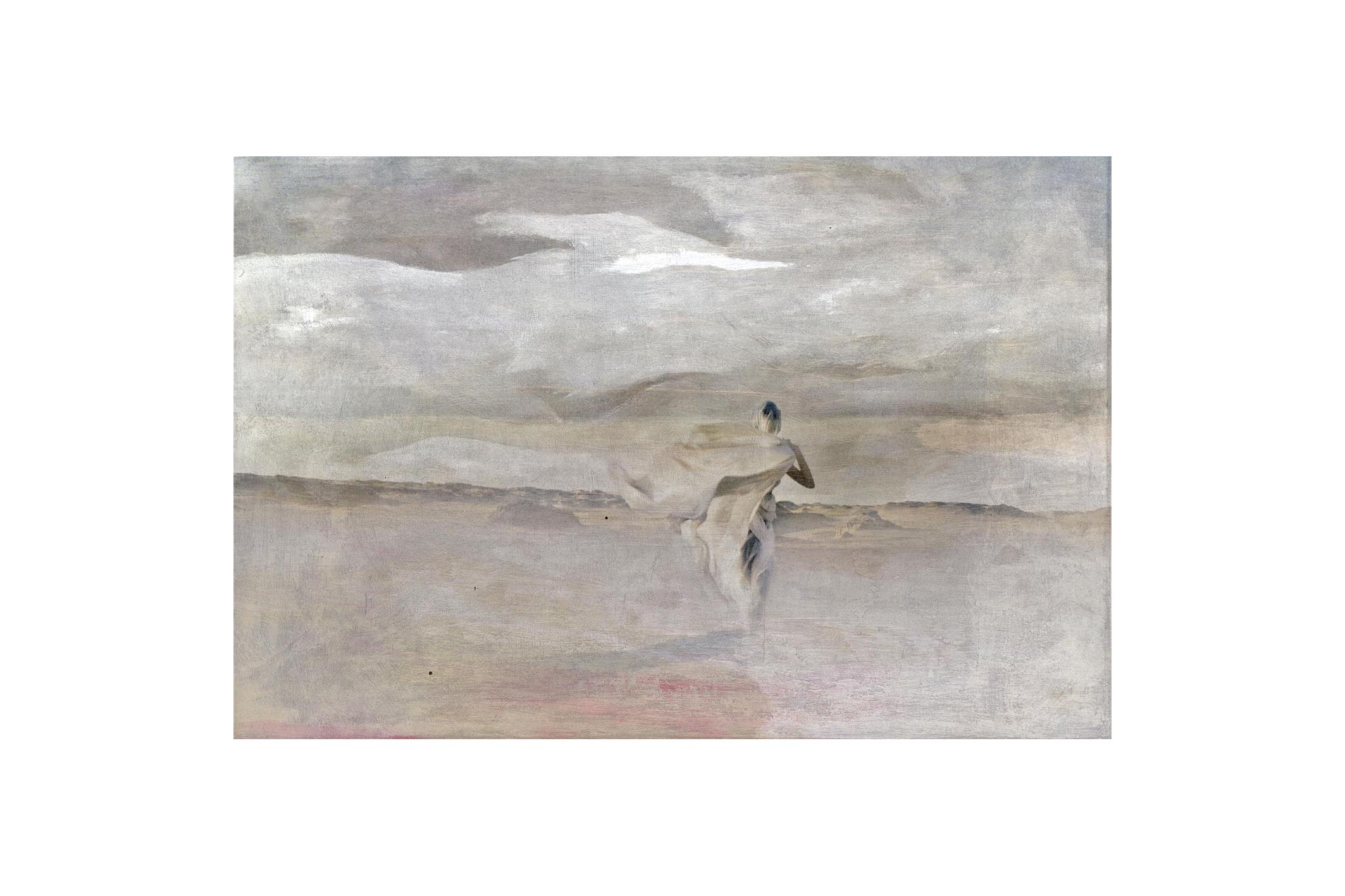

Meeting the Sphinx
90.76 X 60.28cm
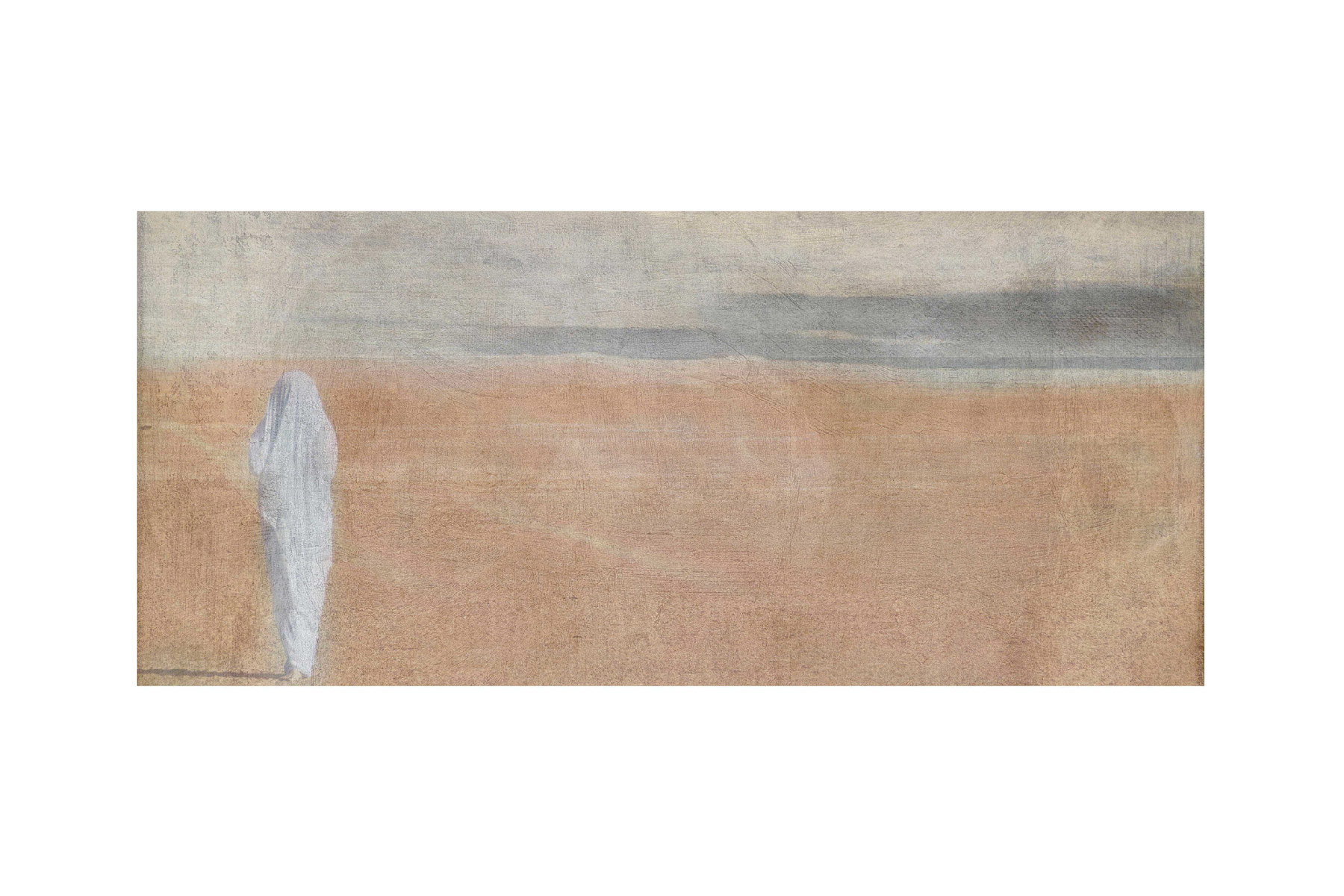

Standing Firm
90 X 40cm
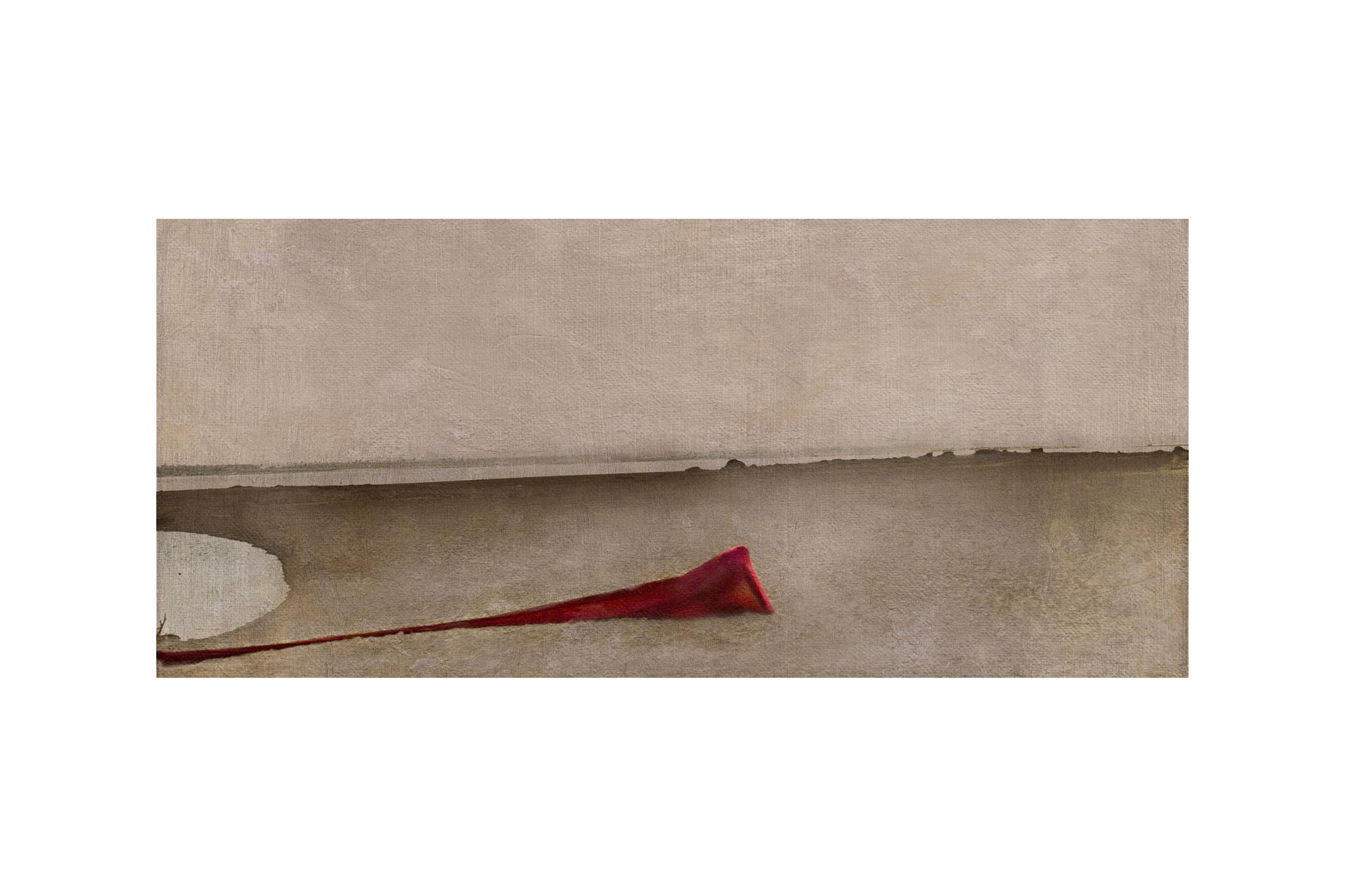

New Moon
90 X 40cm
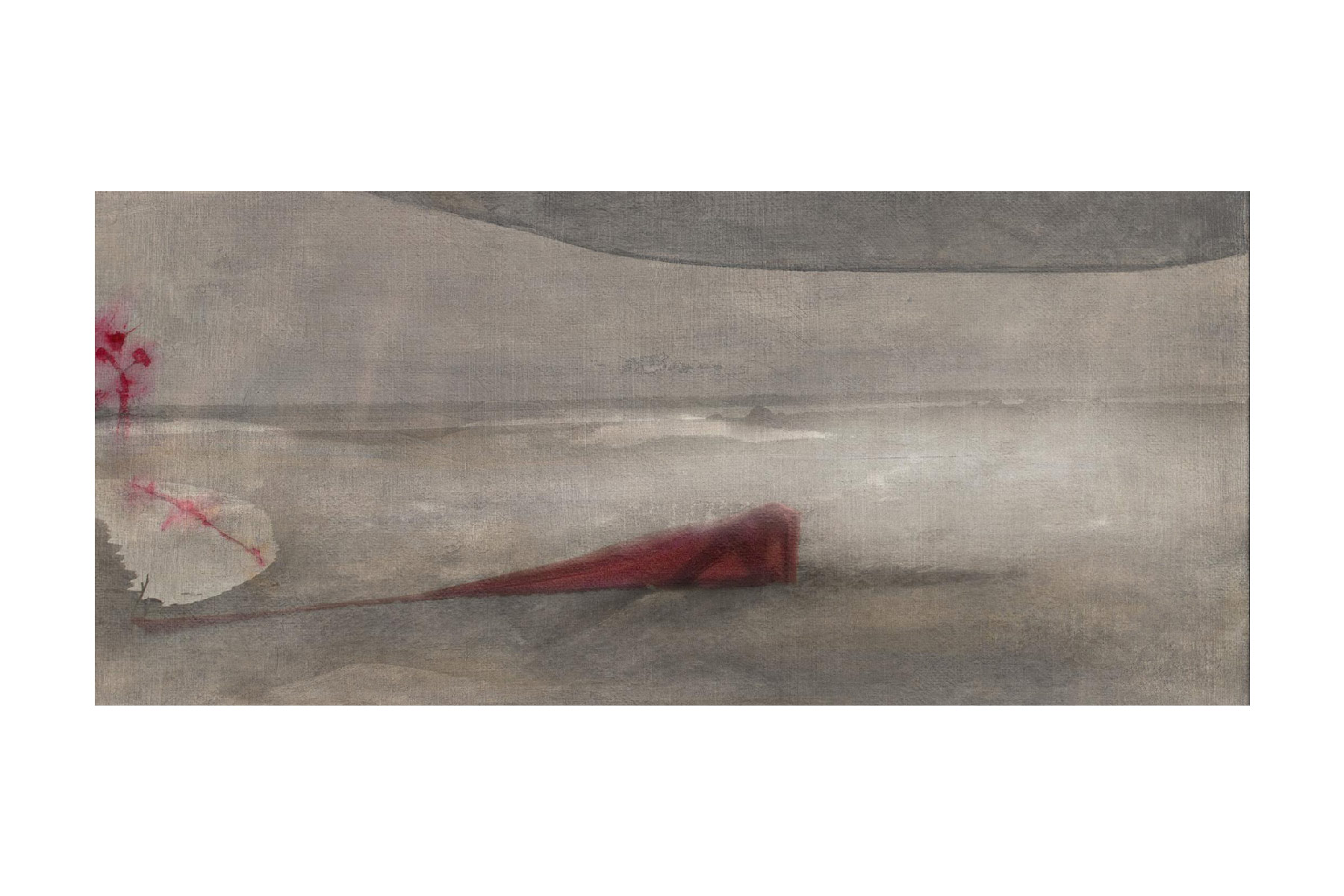

Forgotten
90 X 40cm
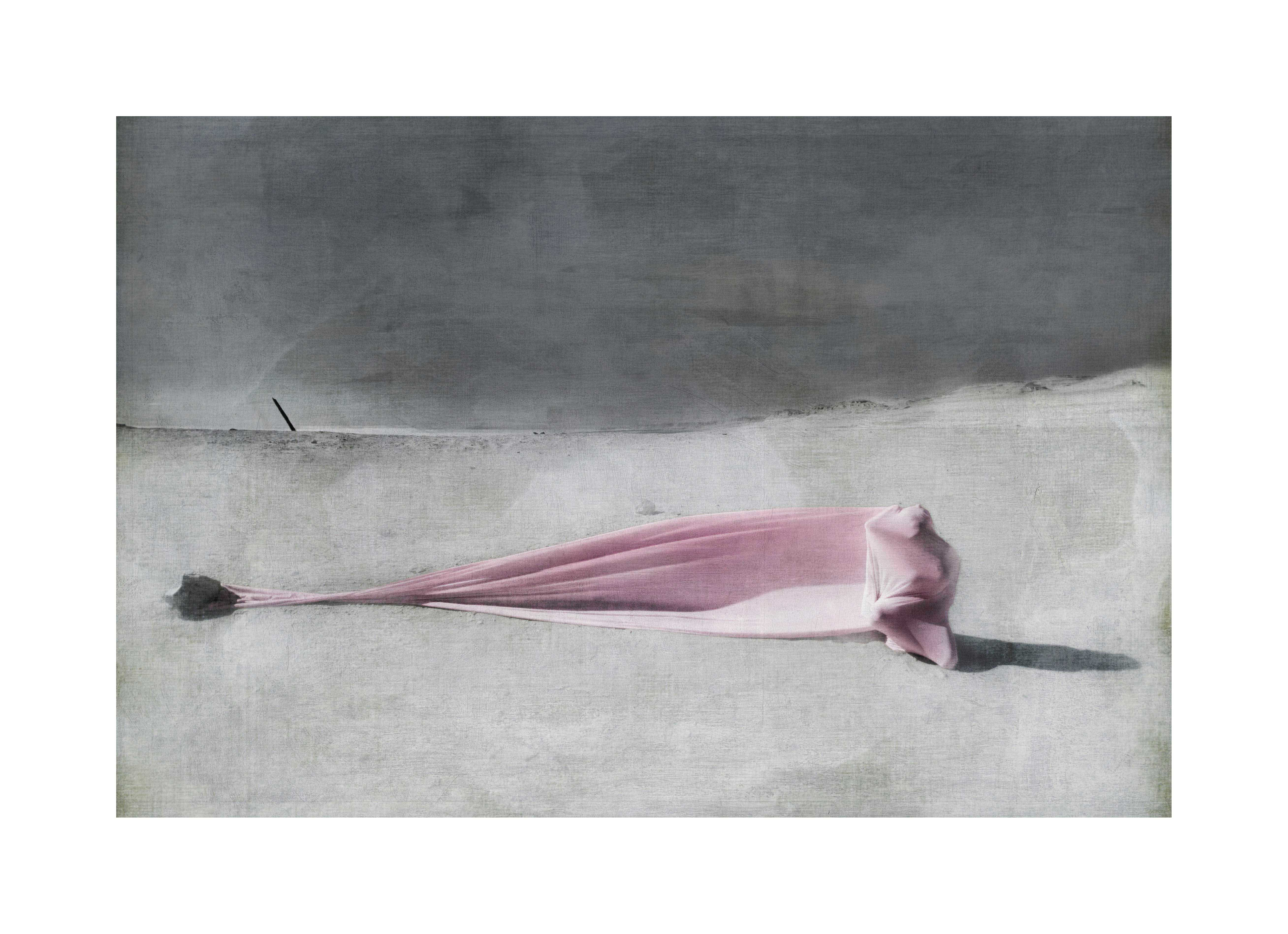

Here and Now
90.76 X 60.p
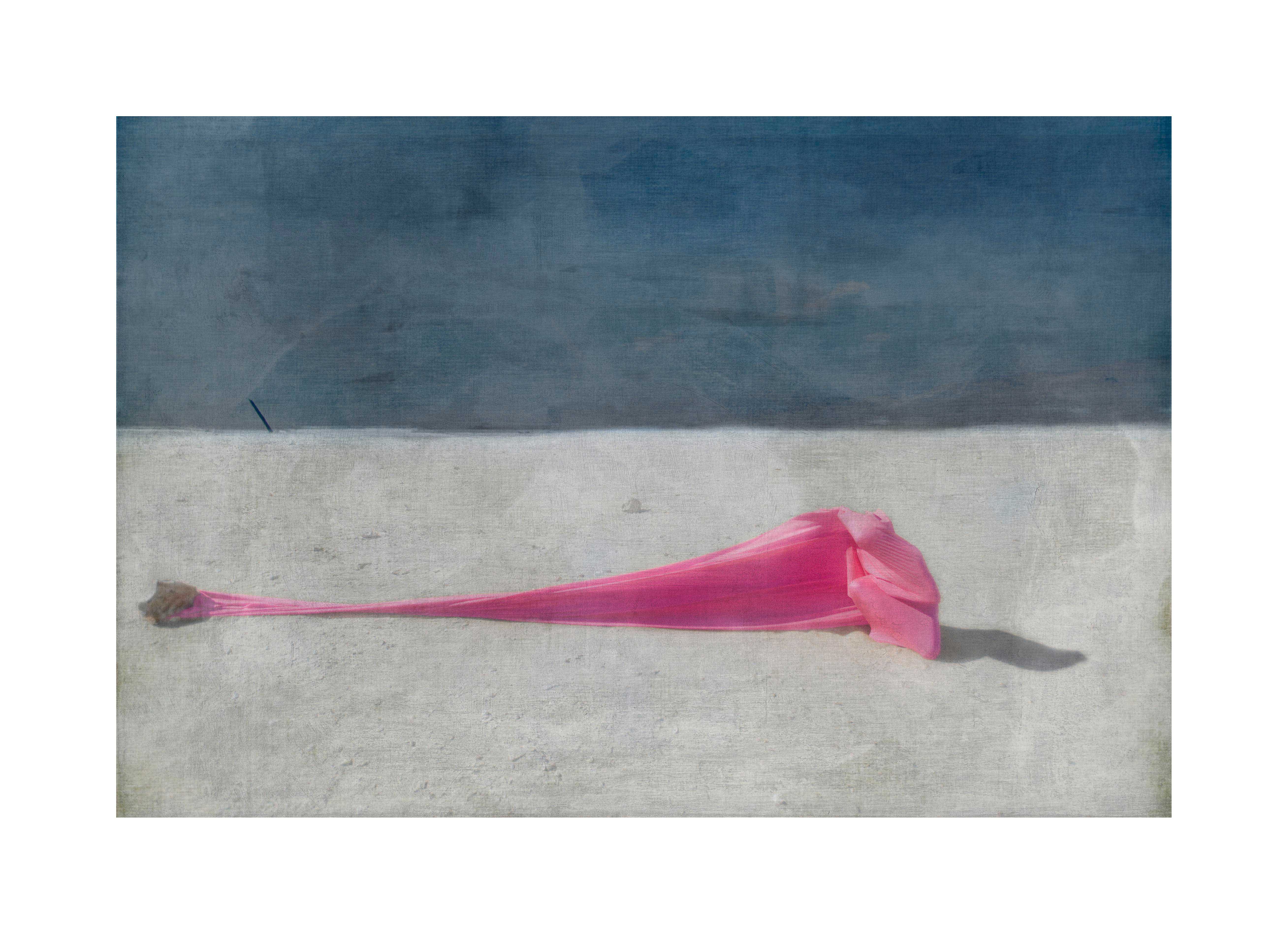

Passengers
90.76 X 60.pcm
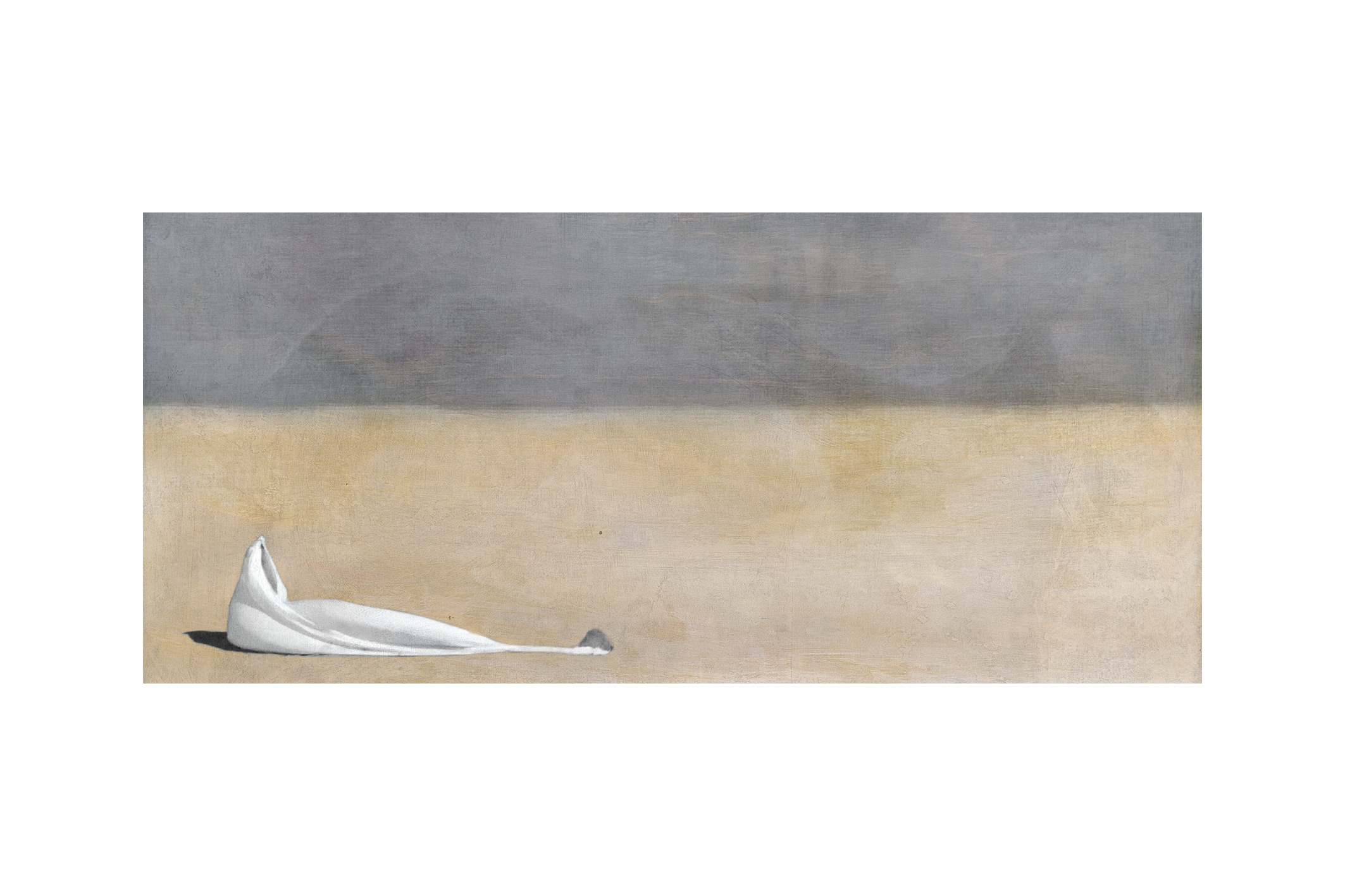

Falling Moon
90 X 40cm
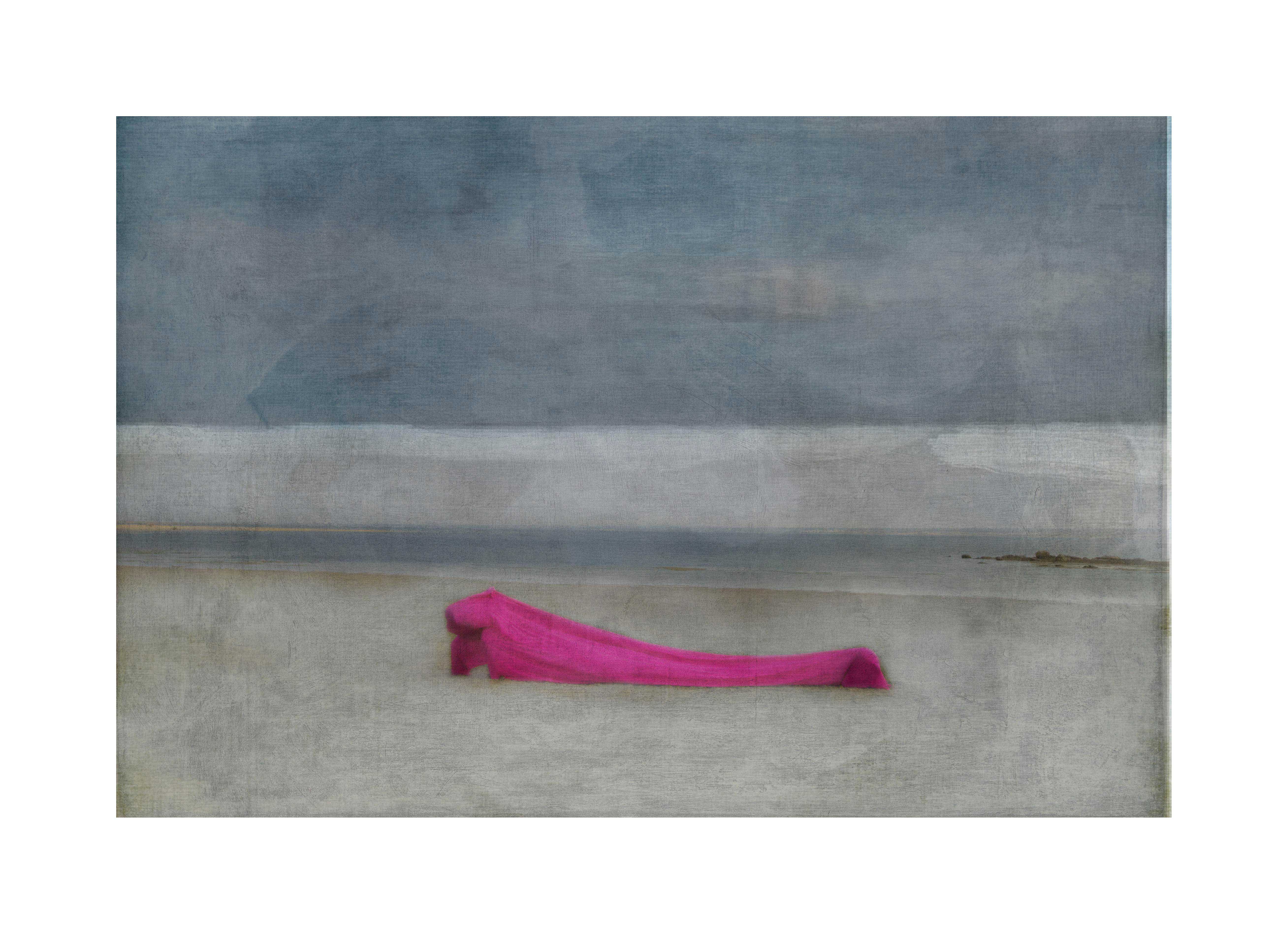

Melancholy
90.76 X 60.pcm
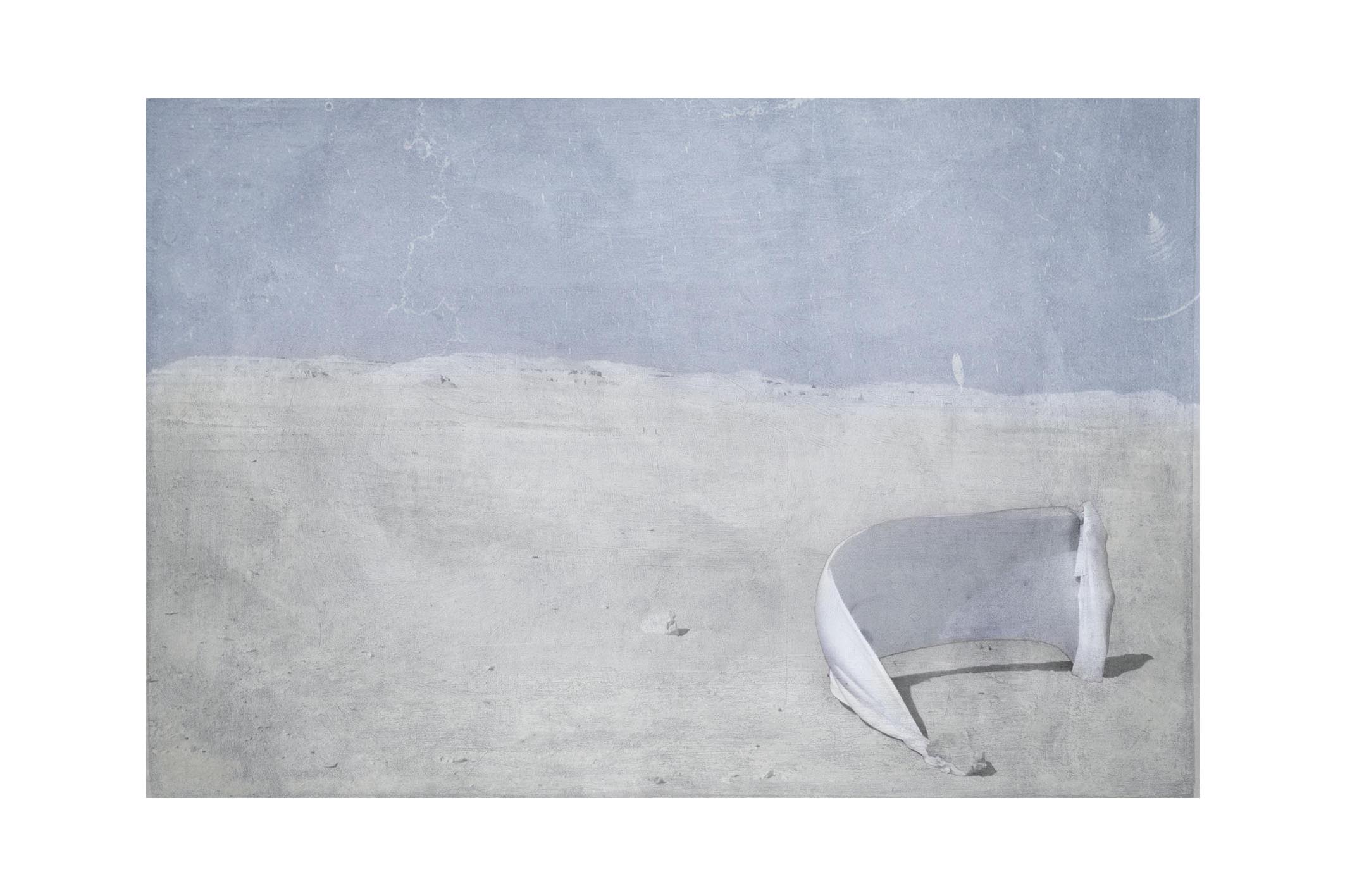

Gratitude
90.76 X 60.p8cm
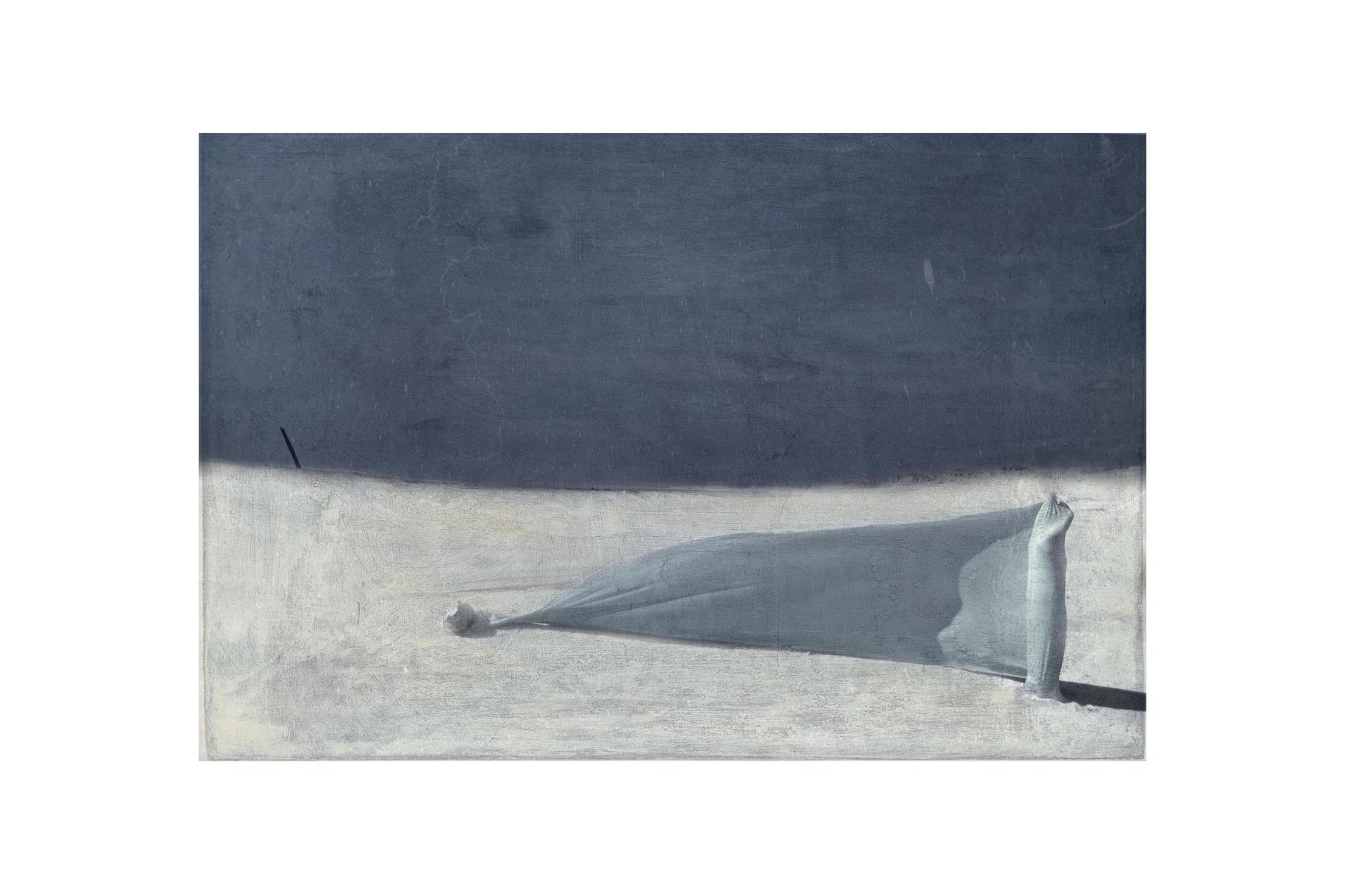

Shaking Mountains
90.76 X 60.28cm
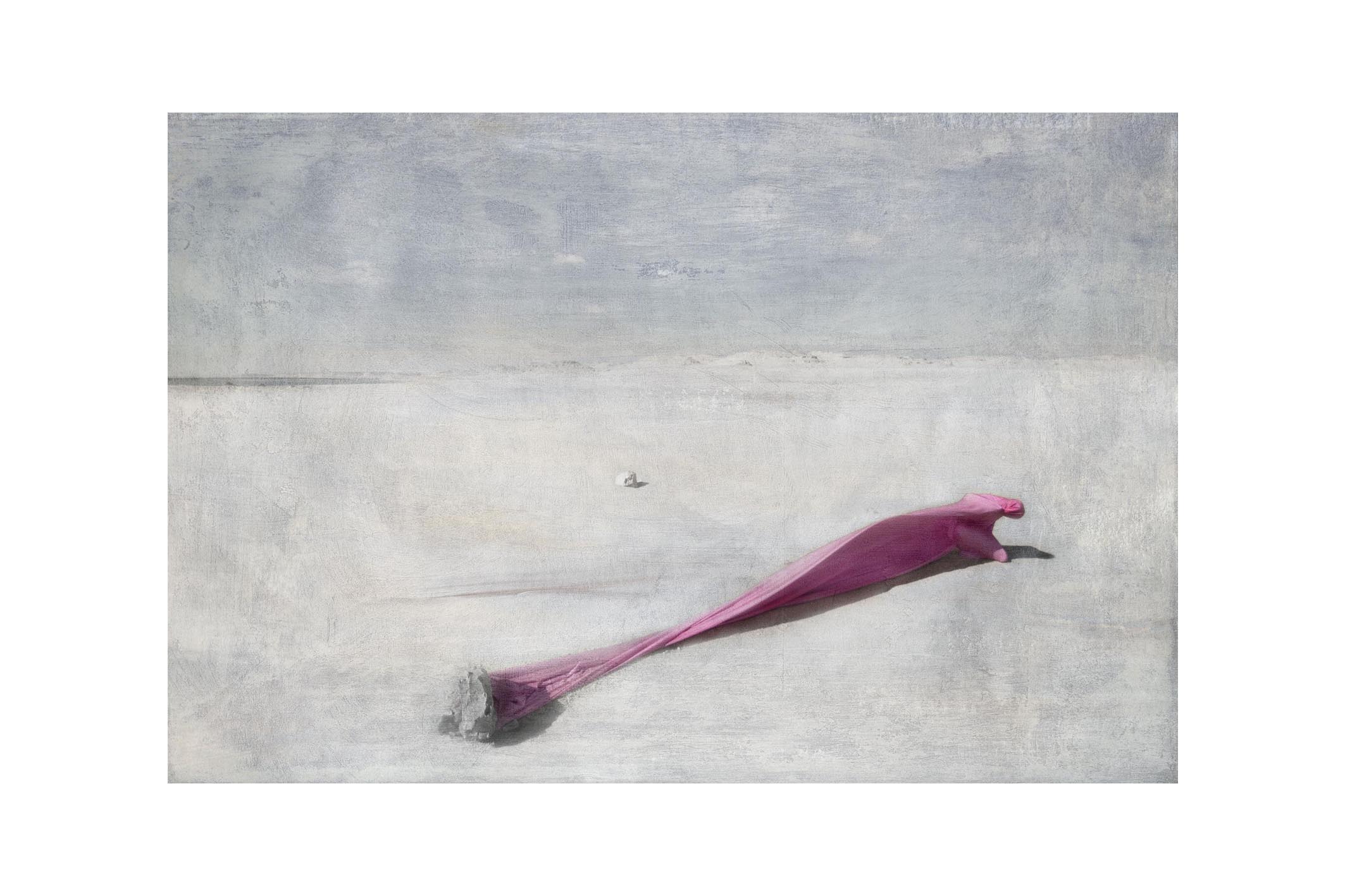

Revelations
90.76 X 60.pm
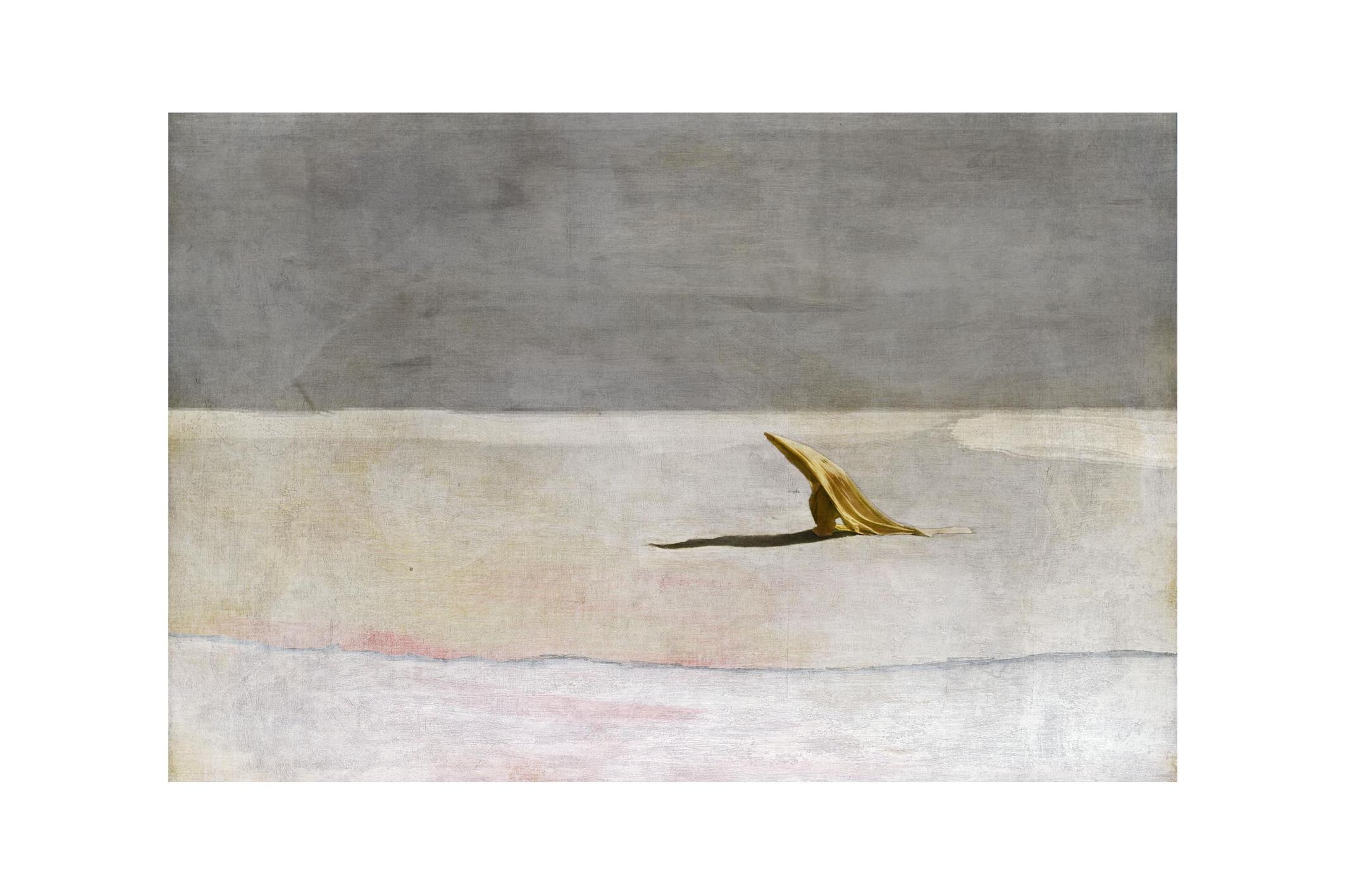

Zero Point
90.76 X 60.pcm
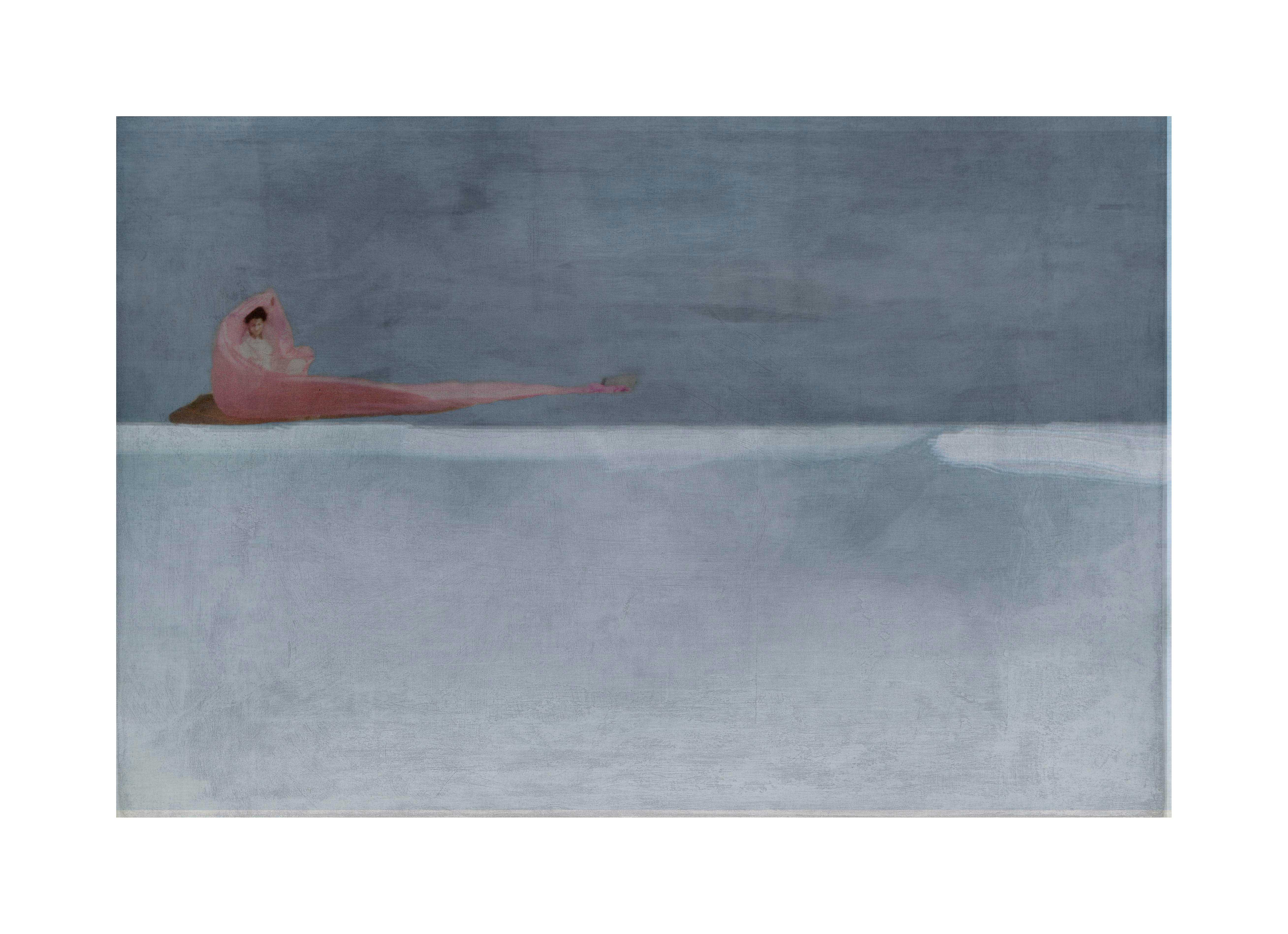

Deserts of Bewilderment
90.76 X 60.28cm
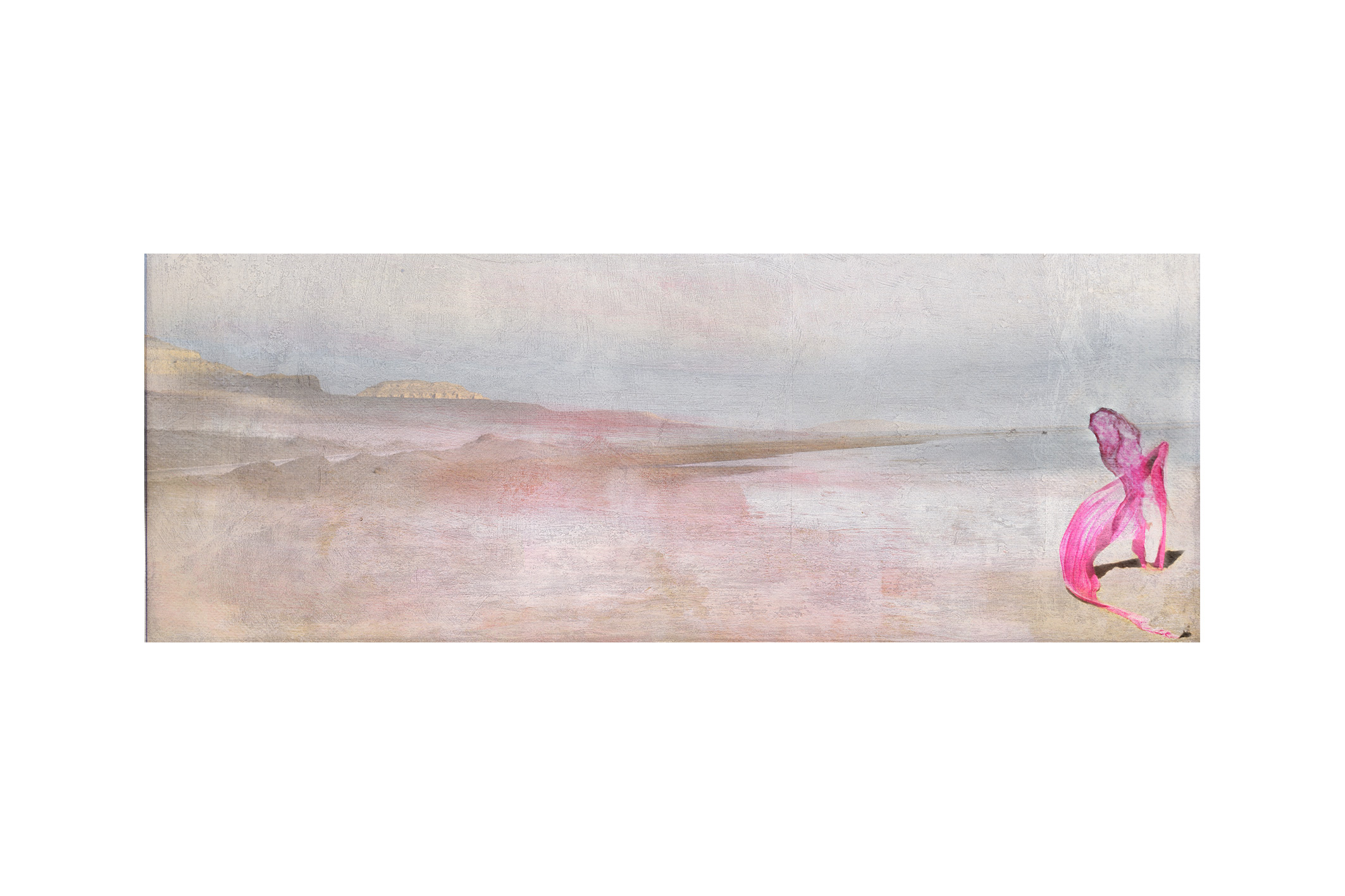

The End of Equinoxes
90.76 X 33.44cm
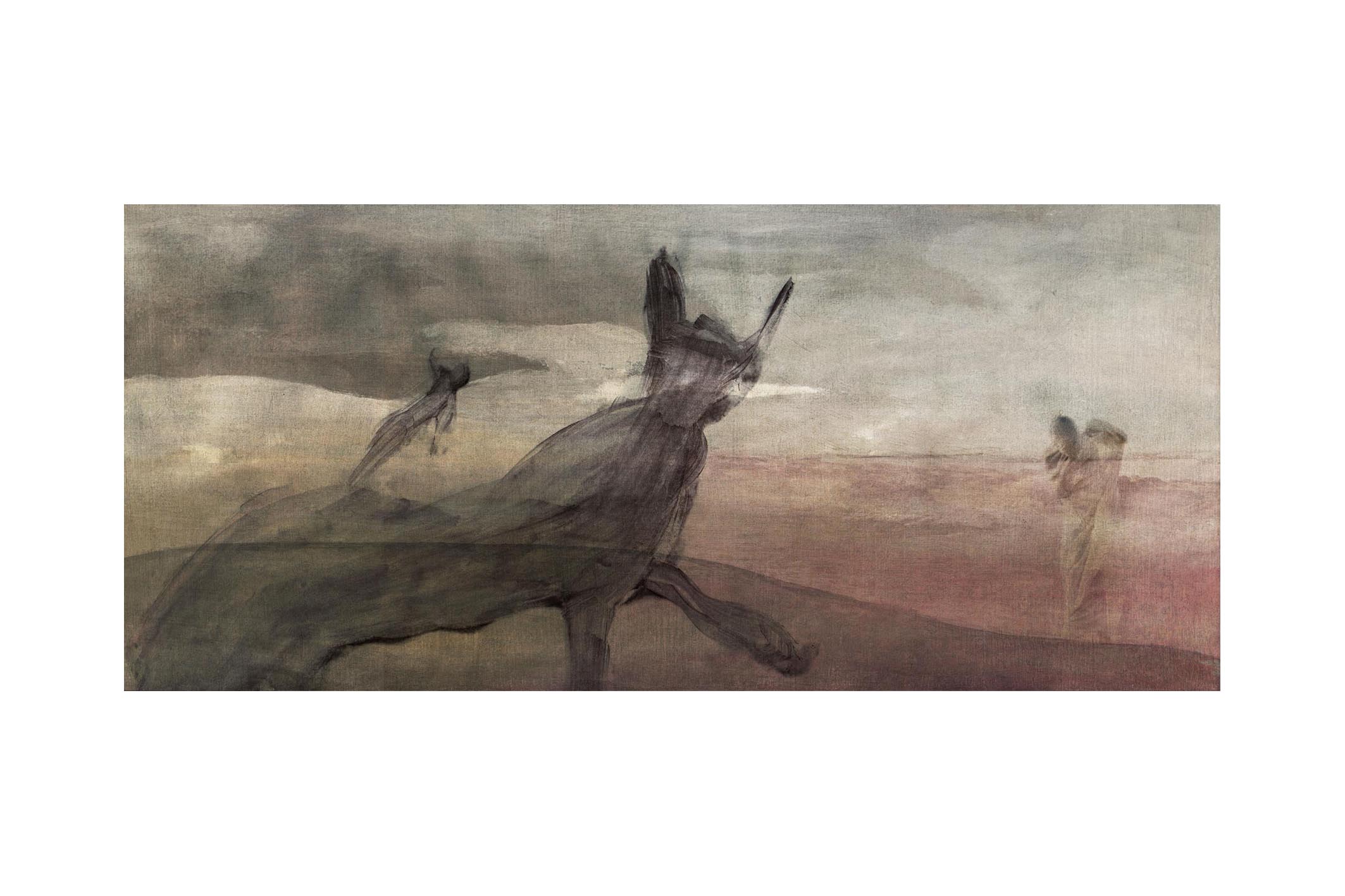

Lost Horizons
90 x 40 cm
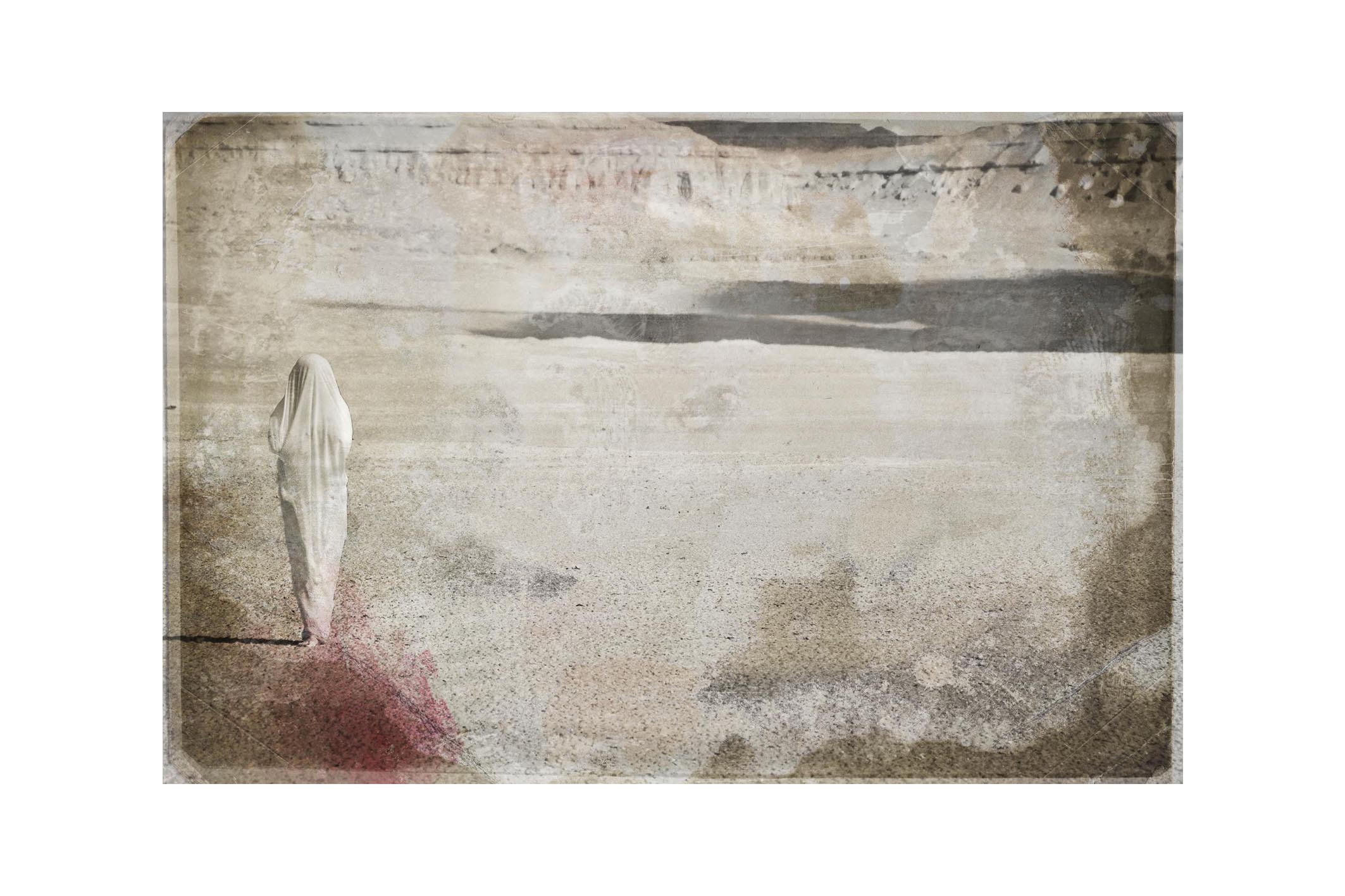

Blooming Corpse
90.76 X 59.82cm
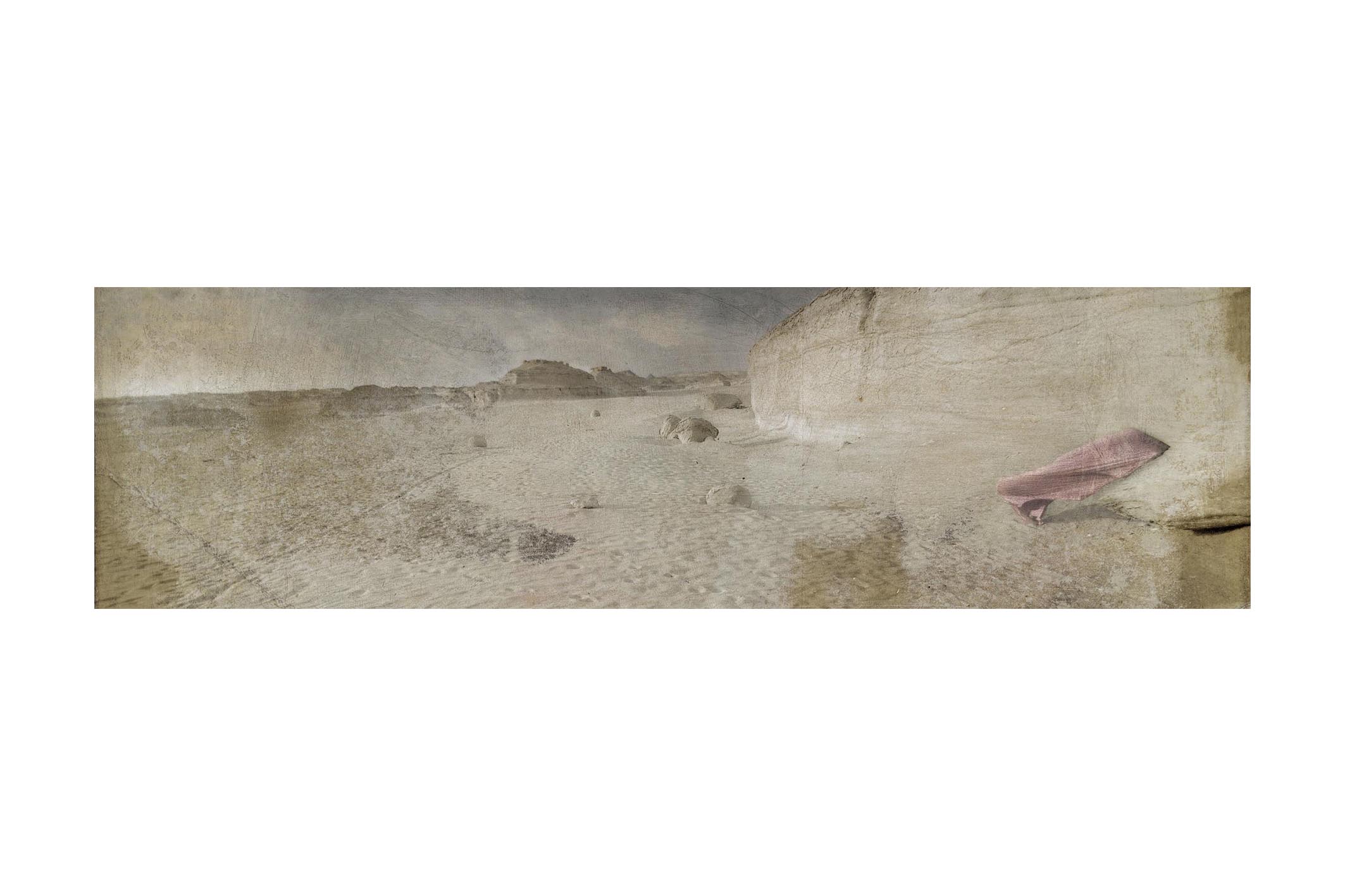

The Shake
90.76 X 25.pcm
